
Data show surgery leads to the best outcomes.
Jared is a freelance writer for The American Journal of Managed Care® (AJMC®), and previously worked as a senior editor for HCPLive® at MJH Life Sciences®.
He has an MA from University of Sioux Falls. You can connect with Jared on LinkedIn.

Data show surgery leads to the best outcomes.

Patients who received regular physical therapy had improvement that was 4 times better than nusinersen alone, findings from this new study show.

A booster dose of a SARS-CoV-2 vaccine cut infection risk nearly in half, study finds.

The analysis could help investigators better understand why a subset of patients with advanced melanoma develops resistance or does not respond to targeted therapy.

Better screenings and improved therapies have helped boost non–small cell lung cancer (NSCLC) outcomes, but investigators said some patient groups have seen less improvement than others.
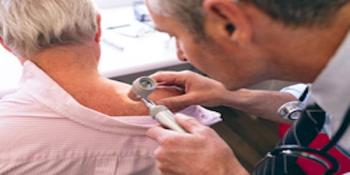
This new report suggests patients with high-risk cutaneous squamous cell carcinoma (cSCC) have improved odds when they undergo Mohs micrographic surgery.

Veterans often have characteristics and comorbidities that can make them less likely to be included in clinical trials.
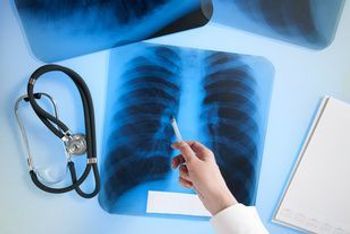
Over the past decade, the Veterans Health Administration (VHA) has sought to boost lung cancer screening rates, but several challenges remain.
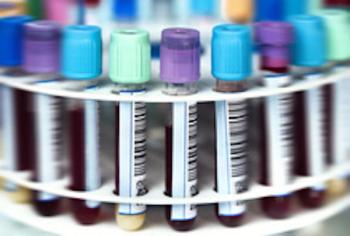
New data show the types of malignancies, such as leukemias and myeloproliferative disorders, that are most common in children with Langerhans cell histiocytosis (LCH).

A narrative review shows that diagnosing systemic lupus erythematosus (SLE) requires physicians to keep an open and inquisitive mind.

Investigators note that the most recent systemic lupus erythematosus (SLE) classification system has quickly become the gold standard, but disease classification remains challenging.
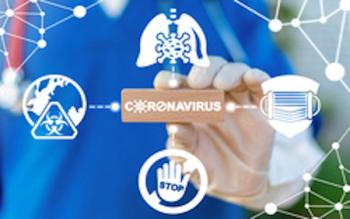
A university hospital saw an initial drop of new cases, but treatment efficacy was unaffected.
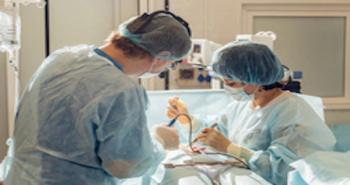
The patient was 52 years old and underwent a liver transplant 13 years after his hematopoietic stem cell transplant (HSCT) to treat his sickle cell disease (SCD).

The tool relies on factors including creatinine, anti–double-stranded DNA antibody, and gender, among others.

Just 5% of patients in a cholangiocarcinoma cohort were categorized as microsatellite instability high (MSI-high), but those patients tended to have “excellent” responses to therapy.

Patients who received a diagnosis of small cell lung cancer (SCLC) between 2010 and 2016 had a nearly 2% increase in overall survival vs those who received their diagnosis between 2004 and 2010.

Most patients taking a biologic stayed on the therapy, and most saw decreases in exacerbations, a new study has found.
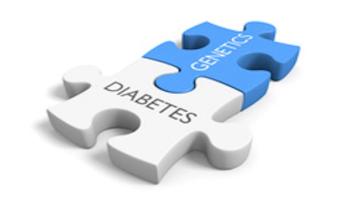
Research supports markers like C-peptide not only for the diagnosis of type 1 diabetes (T1D), but also for patient management.
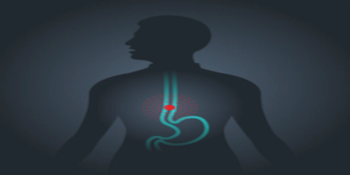
The data suggest the noninvasive procedure was successful in guiding food reintroduction, but missed some food triggers in certain patients.

A new report offers novel insights into a very small patient population.

About 43% of patients experienced complete depletion of B cells after the first round of rituximab, and those patients had greater odds of longer-term success.

A patient’s quick response to cemiplimab (Libtayo) was reversed after the therapy was stopped due to progression of apparent metastatic cutaneous squamous cell carcinoma.

A dichotomous classification scheme has helped in the intrahepatic cholangiocarcinoma (iCCA) space, but some potential variants require further exploration, the article states.

Levels of the hormone increase with disease severity, a new study has found.

The study, based on a case series in Japan, found the risk of grade 2 or above chemoradiation increased when durvalumab was started within 14 days of the final thoracic radiotherapy treatment.
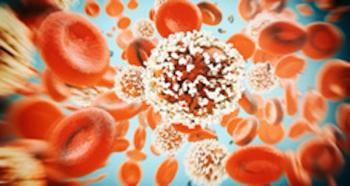
Investigators said the benefits appeared relatively early in treatment for many patients and persisted throughout the study period.

A single-center analysis of more than 30 years of data shows rates of preterm births and preeclampsia remained stable

The study suggests standardized uptake values may be a useful marker to predict treatment response and prognosis in lung adenocarcinoma.

The investigators cautioned, however, that the factors identified had only modest predictive power.

Physicians should consider measuring anti-endothelial cell antibodies in patients with polycythemia vera, the investigators suggested.

259 Prospect Plains Rd, Bldg H
Cranbury, NJ 08512
© 2025 MJH Life Sciences®
All rights reserved.
